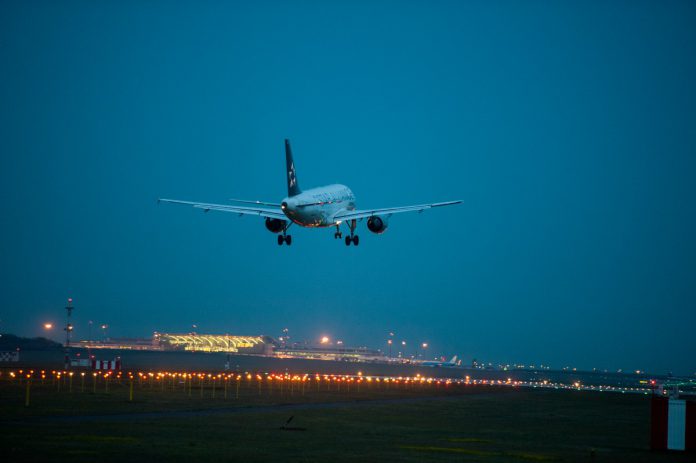Jean-Christophe Lacour, Head of Merchant Services, Payments, Amadeus writes for PaymentExpert on how the travel industry is evolving its strategy when it comes to payments.
The travel industry is transforming its approach to payments, which is due to a need for transparent pricing and the opportunity to deliver an improved customer experience. Today, the travel industry largely outsources currency conversion to financial intermediaries. Our research however shows this can lead to high fees that often exceed the threshold travellers consider reasonable. In this article I will explore why airlines are increasingly choosing to assume greater control over how they provide this service to the traveller.
When making an online booking, airlines typically show fares in the currency of the country of departure. However, this is not always the currency the person booking the flight is most familiar or most comfortable with. It also means that they could be charged for foreign exchange (FX).
For example, John and Jennifer are an American couple touring Europe. After spending a few days in London, they decide to spend some time on the continent and book a flight with a British carrier to Rome. The fare will typically be quoted to them in GBP. When they use their American Visa credit card to pay for the flights, they will incur a GBP-USD FX rate, determined by their issuer together with Visa, and they typically won’t find out how much the rate is until they return from their trip unless they’re online banking adepts.
Traditionally, the FX rate is determined by the customer’s issuing bank. But are consumers aware of the process? And, if so, how do they feel about charges and at what point do they see these as too high and look elsewhere? Most importantly, is there an opportunity for airlines to play a bigger role in currency conversion?
Using a dummy airline website, Amadeus worked with a psychological research firm to study travellers’ conscious and subconscious reactions to different levels of FX rates. According to the research, travellers begin to notice FX rates when they reach 3% of the total ticket price, with ‘alarm bells’ beginning to ring as the rate approached the psychologically significant threshold of 5%. Despite this, a third of travellers have paid between 3% and 10% of the cost of a flight in associated foreign exchange spreads, while 14% have paid a staggering 11% or more of that cost.
Hidden charges levied by financial intermediaries can be the reason for travellers facing such high charges for the privilege of paying for a flight in a currency they understand. Most banks offer little transparency on fees, and so most flight buyers are either unaware or unsure of how much they are being charged and for what. Perhaps as a result of this, our research found that the majority of travellers now trust airlines more than banks to handle FX transactions on their behalf, with 59% of travellers preferring their airline to handle the currency conversion.
There is a real opportunity here for airlines to begin offering fintech services, and to bring FX in-house so they can set reasonable rates and deliver an improved digital shopping experience, with the choice and transparency that travellers demand. Payment choice is now a major factor in acquisition and conversion, and 9 in 10 flight buyers would be more likely to purchase from one airline over another, if given the option to pay the final price in their preferred currency.
By adding MCP (Multi-Currency Pricing) to their booking flows, airlines can offer different currency options so flight buyers can select their own or preferred currency to settle the payment. It means airlines can offer a more customised payment experience to their flight buyers allowing them to match their transaction to the currency of their card or use local payment methods in most instances without leaving the site.
When done well, MCP can effectively reduce the hassle and inconvenience for flight buyers, retaining them on the website so they remain engaged in the booking journey to increase the chance they complete the purchase. By allowing greater customization and a purchase experience tailored to customer preferences, it presents an opportunity for airlines to boost online conversion, improve their sales experience and increase customer satisfaction and loyalty.
If John and Jennifer, who would most likely have benefitted from seeing their London-Rome fare showing in USD, had come across another airline that offered them the chance to pay with their preferred currency, perhaps they would be aligned with 69% of our survey respondents who would abandon a flight purchase because this choice was not an option.
Ultimately, airlines are missing an opportunity by not offering MCP in the booking process. Consumers want more transparency, greater choice, and convenience and airlines are well positioned to step in and become the preferred route for flight currency conversion.






















